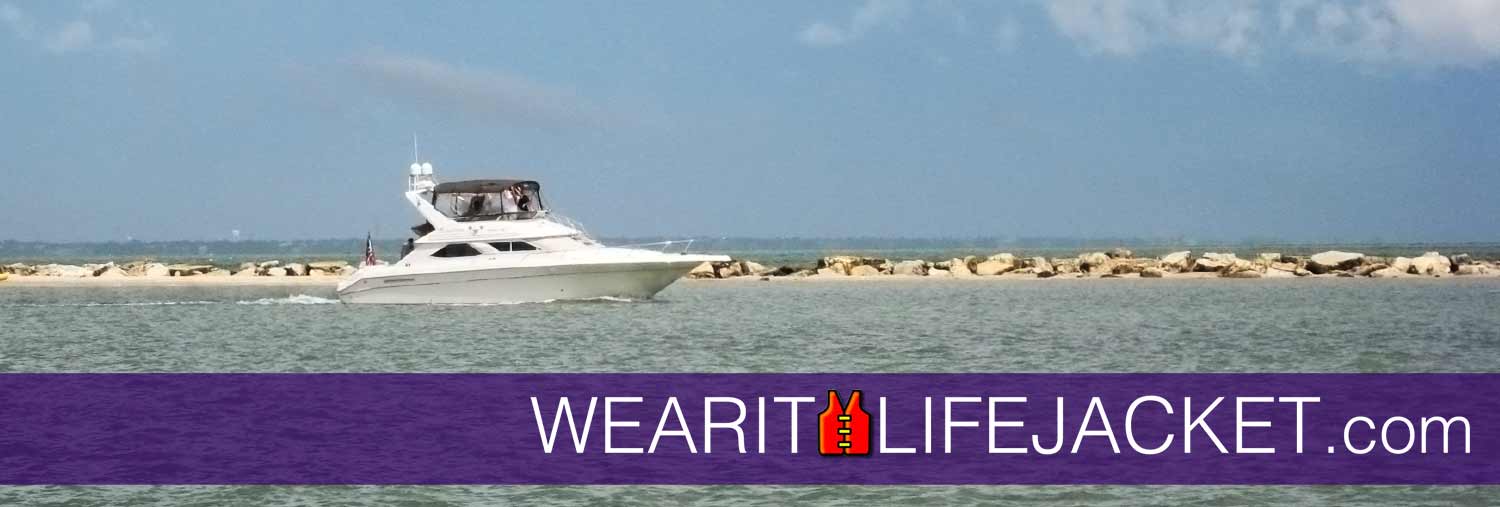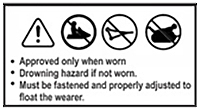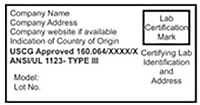CLASSIFICATION SYSTEM
There are many different designs of devices to assist a person floating in the water. The features they offer and where they are to be used influences how they are named.
What's in a name?
Lifejackets, life vests, personal flotation devices, PFDs, float coats, life belts, lifesavers, life preservers, Mae Wests, inflation vests, buoyancy aids, etc. are all terms that have been used to describe something you wear to keep yourself afloat. Most people casually call it a lifejacket and you know what it means.
Type System (US)
The old US Type classification system called everything a PFD, a Personal Flotation Device Type I through V. In Canada they distinguished between PFDs and lifejackets (with turning ability).
Performance System (new Can/US)
The new Performance Classification System refers to a numbered scale with Buoyancy Aids at the lower range and lifejackets at the upper end.
Recent improvements to standards for lifejacket design, construction and testing have led to changes that will offer more choice to users.
Why the change?
Canada and the United States have worked together to harmonize their lifejacket standards in order to:
- improve safety choices and encourage innovation
- allow new approved devices to be used across borders
- expand markets and streamline regulations
Current / Old Labels - Legacy devices
All current approved lifejackets and PFDs (personal flotation devices) will continue to be legally approved for carriage as long as they are still in good condition, readily available and of the correct size to be worn for each person on board.
US approved devices are acceptable in the USA, and Transport Canada approved devices are acceptable in Canada.
New devices with new labels under the new performance classification system are acceptable in both countries. New devices tested to new standards will be phased in as introduced by manufacturers.











